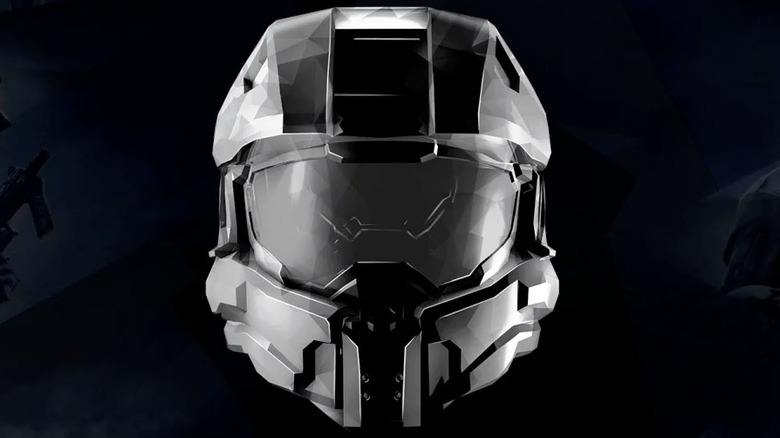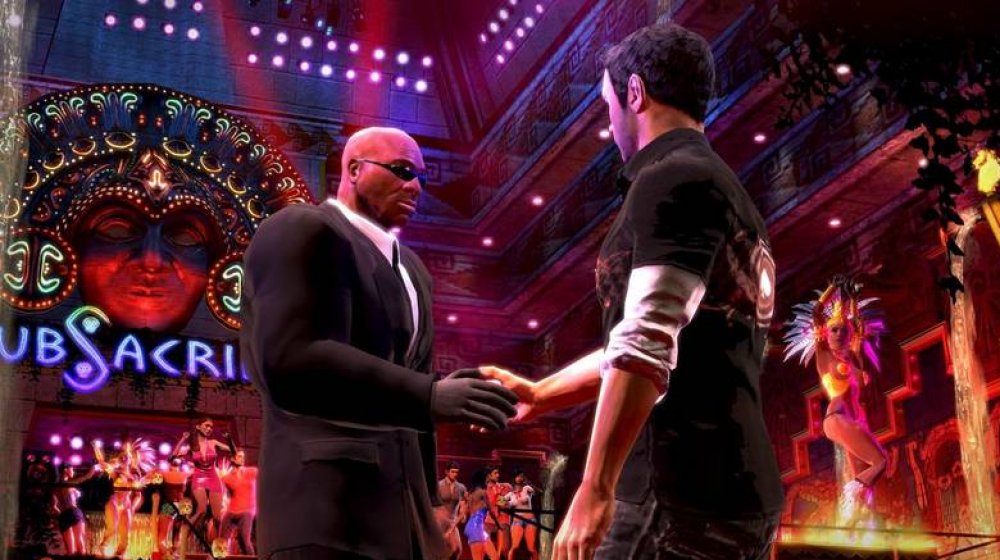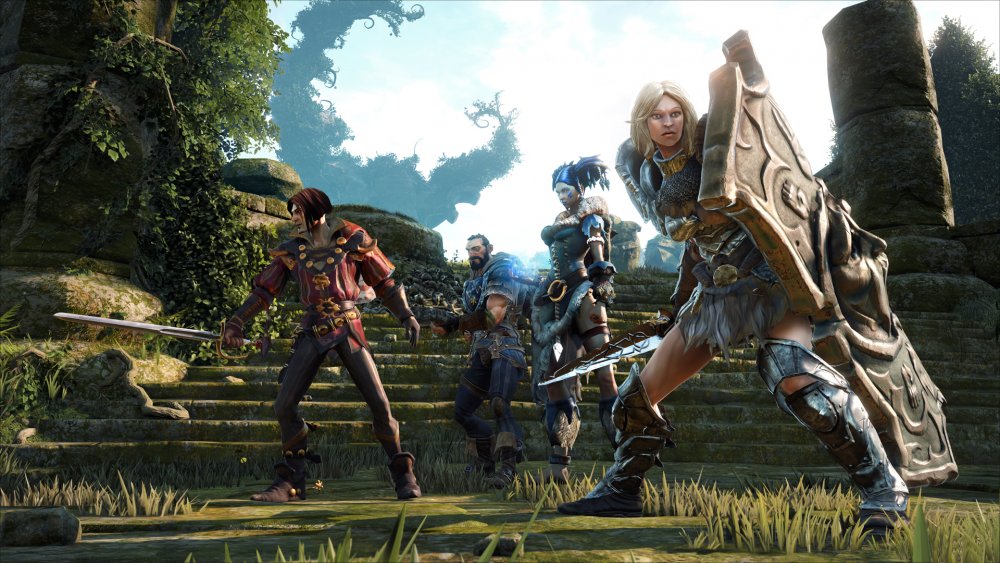The Most Expensive Video Games That Were Never Released
Due to widespread coding knowledge and projects like Media Molecule's Dreams, almost anyone can design a game today. This process is rarely cheap, however, especially for AAA titles. Game development budgets can balloon out of control, and passionate developers have remortgaged their homes to finish a project. But all the hours spent in front of a computer are worth it when a game releases and earns back the money spent on development, right? Oh, if only.
Plans often go awry, especially in video game production. Games switch directions more often than compasses. Sometimes changes come in the form of tone or genre shifts; other games, including concepts that likely would have been big hits, are canceled outright. When a game is canceled, developers aren't reimbursed for the money they sunk into it, no matter how much they spent. Here's a look at some games you will never play, despite a ton of money being thrown their way.
The Hobbit (over $1 million)
TT Games is best known for its licensed titles, especially its Lego line of games. The company has produced non-Lego projects, such as Toy Story 2: Buzz Lightyear and Crash Twinsanity. TT Games even had aspirations of developing a non-Lego tie-in title for the Hobbit movie. It wanted to produce the game so badly it didn't let a little thing like budget get in its way.
Longtime TT Games director Jon Burton revealed that to seal the Hobbit tie-in deal, the company had to win over Peter Jackson and Guillermo del Toro. So, Burton's team produced gameplay demos based on Lord of the Rings movie scenes to demonstrate their Hobbit tie-in vision. The demo featured four polished levels and five tech demos that included all the features of a good movie tie-in game: combat, stealth, motion capture cutscenes, and quick-time events.
Burton estimates his team spent over $1 million on the tiny demo, all for the sake of impressing Jackson and del Toro. While they greenlit the tie-in, Warner Bros. outvoted them in favor of a different game, leaving many to wonder what could have been.
This Is Vegas ($40 - $60 million)
Almost every game company dreams of producing a title that dethrones Grand Theft Auto. One company, Midway, spent half a decade and a slew of money on a GTA rival that never saw the light of day.
Midway's hopeful GTA-killer, This Is Vegas, was in trouble from day one. No one initially knew what to do with the game, despite its Las Vegas backdrop. Eventually, the game's development team settled on a satirical, black comedy narrative penned by ex-Cracked editor Jay Pinkerton. While the game's story was in good hands, the technical side was rife with issues because of the decision to make the game in Unreal Engine 3.
Developers trudged on until the bitter end, even after Warner Bros. bought the development studio. Sites like Slate estimate that anywhere between $40 and $50 million was spent on This Is Vegas, while DidYouKnowGaming? places this estimate at $60 million. This Is Vegas was a huge gamble, and like most gambles, it didn't pay off.
Fable Legends (over $75 million)
When a studio sinks a mega-bundle of cash into a game, it is usually for a passion project. Not so for the final Fable title.
While many gamers eagerly anticipated Fable Legends, the game was, by all accounts, cursed. According to Eurogamer, Fable Legends' production faced one problem after another. Developers struggled with game mechanics — and ignored the advice of a "competitive multiplayer expert" they hired to help fix the game's mechanics — and the technical side wasn't much better. Fable Legends was built in Unreal Engine 4, which suffered from bugs at the time, no matter how many patches were issued.
Eurogamer reported that a "high-ranking Lionhead source" claims Fable Legends cost $75 million to produce, even though it was meant to be a free-to-play game. To make matters worse, apparently nobody wanted to work on Fable Legends. What did they want to work on instead? Fable 4, but that will likely never happen since Lionhead Studios closed in 2016.
Halo MMO: The Titan Project (over $90 million)
Even though virtually everyone is excited for Halo Infinite, Microsoft almost released an even bigger project, code-named Titan — not to be confused with Blizzard's MMO project of the same name. Then again, Microsoft's Titan was also planned to be an MMO, but instead of being a new IP, Microsoft's Titan was supposed to be a Halo MMO.
According to Gamasutra, the Halo MMO was developed by Ensemble Studios, the company behind the Age of Empires franchise. You might assume it's weird for a company to jump from a history-based RTS series to an MMO based on Bungie/343 Industries' sci-fi FPS, but Ensemble's last game before closure was the well-received Halo Wars.
Dusty Monk, a former Ensemble employee, revealed that the team at Ensemble was excited to work on the Halo MMO. But, Microsoft was calling the shots, so the company shut down the project. Why? Because it cost $90 million, was taking too long to produce, and Microsoft had turned its attention to the Nintendo Wii.





